Understanding ROI in Commercial Real Estate
ROI, or return on investment, measures the profitability of an investment relative to its cost. In commercial real estate, understanding ROI helps evaluate the potential success of a property investment.
Defining ROI
ROI represents the percentage of profit earned on an investment compared to its initial cost. It’s calculated using the formula: (Net Profit / Total Investment) × 100. For commercial properties, net profit includes all income minus operating expenses, such as maintenance, property taxes, and insurance premiums. For example, a property generating $50,000 annually with $30,000 in expenses and a $200,000 investment has an ROI of 10%.
Importance of ROI in Commercial Property Investments
ROI helps investors make informed decisions by analyzing potential returns. It uncovers whether a property aligns with financial goals or outperforms market benchmarks. High ROI often indicates strong rental demand or efficient cost management, while a low ROI highlights risks, such as high vacancy rates or excessive expenses. Reliable ROI calculations ensure investments remain competitive in fluctuating real estate markets.
Key Factors Influencing ROI
Evaluating the ROI of a commercial property requires careful consideration of core factors that directly affect profitability. Each element plays a critical role in determining the financial success of an investment.
Property Location
Location affects demand, rental income, and long-term value. Properties in high-traffic areas or with proximity to business hubs often command higher rents. Market trends, local infrastructure developments, and neighborhood demographics also influence a location’s desirability. For example, a commercial building near a growing industrial zone may show better growth potential than one in a declining retail area.
Tenant Occupancy and Lease Terms
Occupancy rates and lease agreements directly impact cash flow. Properties with long-term tenants under stable leases minimize vacancy risks. For instance, tenants with triple net leases (where they cover taxes, insurance, and maintenance) reduce the owner’s operational expenses. Evaluating tenant reliability and alignments with market rents ensures consistent income.
Maintenance and Operational Costs
Operating costs, including utilities, repairs, and management fees, affect the net income. Efficient cost management boosts ROI, while neglected properties lead to higher long-term expenses. For example, regular HVAC system servicing can prevent costly breakdowns. Properties with energy-efficient systems or low upkeep demands often yield higher returns over time.
Methods to Calculate ROI

Accurately calculating ROI provides critical insights for evaluating a commercial property’s profitability. Each method offers unique perspectives suited for specific investment goals and circumstances.
The Basic ROI Formula
The formula for ROI is straightforward and effective for general profitability assessment. I calculate ROI using:
ROI (%) = (Net Profit / Total Investment) × 100
For commercial properties, net profit includes rental income minus operating expenses, such as:
- property taxes
- insurance
- maintenance costs
For instance, if my net profit is $50,000 and the total investment is $500,000, the ROI is 10%. This approach works best for a quick overview but doesn’t factor in financing or time value of money.
Cash-on-Cash Return
Cash-on-cash return evaluates the annual cash flow against the actual cash invested in a property. I compute it using:
Cash-on-Cash Return (%) = (Annual Pre-Tax Cash Flow / Total Cash Invested) × 100
If I invest $100,000 in cash and receive $15,000 in annual cash flow, my cash-on-cash return is 15%. This method is helpful when properties are financed, as it only accounts for out-of-pocket cash contributions.
Cap Rate Analysis
Cap rate, or capitalization rate, measures the expected return on a property based on its net operating income (NOI). I determine it using:
Cap Rate (%) = (NOI / Property Value) × 100
For example, a property with an NOI of $60,000 and a market value of $1,000,000 has a cap rate of 6%. This method aids in comparing multiple properties, with higher cap rates signaling better returns in similar markets.
Tools and Resources for Evaluating ROI
Accurate ROI evaluation requires leveraging reliable tools and expert guidance for effective decision-making. Various calculators, software, and financial advisors simplify the process and provide actionable insights.
ROI Calculators and Software
Online ROI calculators offer quick, precise profitability estimations. By inputting metrics like purchase price, rental income, and expenses, these tools provide instant ROI percentages. Examples include calculators from platforms like Realtor.com and Investopedia.
Commercial real estate software, such as Argus and Buildium, includes advanced features. These solutions analyze cash flow, tenant data, and market trends while generating detailed ROI forecasts. Automation in these tools reduces manual errors and saves time.
Working with Financial Advisors
- Financial advisors bring specialized expertise to ROI evaluations.
- They assess market conditions, recommend cost-saving strategies, and guide tax minimization efforts.
- Their insights are especially valuable in complex investment scenarios.
- Advisors also help align property investments with long-term financial goals.
- As they analyze lease structures and financing terms, their guidance often identifies overlooked risks or opportunities.
Tips for Maximizing ROI
Evaluating ROI isn’t just about calculations; it’s about actively improving the profitability potential of the investment. Implementing targeted strategies can elevate a property’s return over time.
Enhancing Property Value
Increasing property value directly impacts ROI by allowing higher rents and better resale potential. Renovations, such as modernizing restrooms or adding energy-efficient lighting, attract high-quality tenants willing to pay premium rents. Maintaining curb appeal through landscaping upgrades and fresh exterior painting enhances first impressions and justifies competitive rental rates. Staying aware of market trends ensures improvements align with tenant preferences and property demand in relevant locations.
Reducing Operating Expenses
Cutting operating costs increases net operating income (NOI), improving ROI. Installing energy-efficient systems like LED lighting and smart thermostats reduces utility expenses. Negotiating service contracts for maintenance, such as HVAC servicing or waste management, lowers recurring costs. Regular inspections and preventative maintenance minimize expensive repairs and prolong the lifespan of property assets. Tracking every expenditure ensures better budget control and highlights areas for additional savings.
Optimizing Lease Agreements
Lease terms affect cash flow and tenant retention, directly influencing ROI. Structuring long-term leases with appraisal-based rent escalations ensures steady income growth while reducing vacancy risks. Including clauses to pass through operating costs, such as property taxes and insurance, shifts some expenses to tenants. Offering favorable lease terms to reliable, long-term tenants encourages renewals, stabilizing income and minimizing turnover-related downtime. Every lease detail should align with market standards to maximize profitability without deterring tenants.























































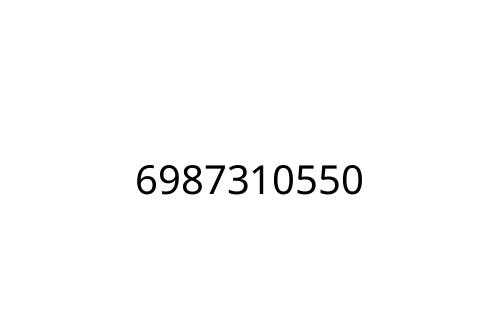


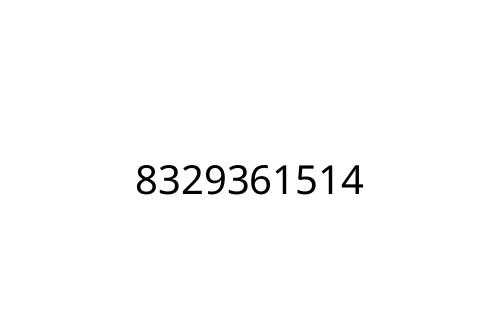
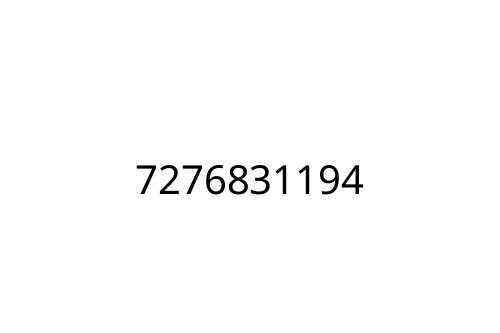
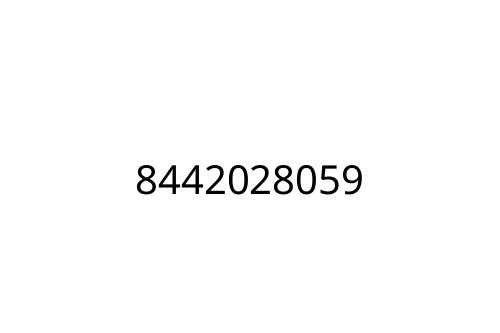









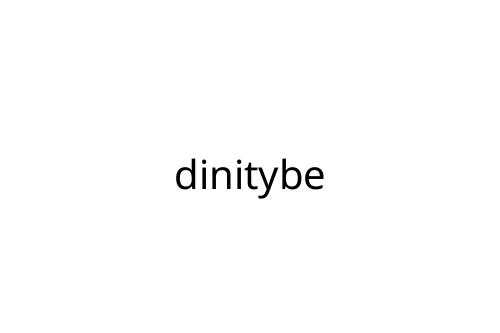








 Leila Hamilton played a key role in shaping Mode Key Homes, contributing her expertise in real estate trends and sustainable housing. Her dedication to delivering insightful content ensures that homeowners, investors, and industry professionals stay informed about market developments and innovative property solutions.
Leila Hamilton played a key role in shaping Mode Key Homes, contributing her expertise in real estate trends and sustainable housing. Her dedication to delivering insightful content ensures that homeowners, investors, and industry professionals stay informed about market developments and innovative property solutions.